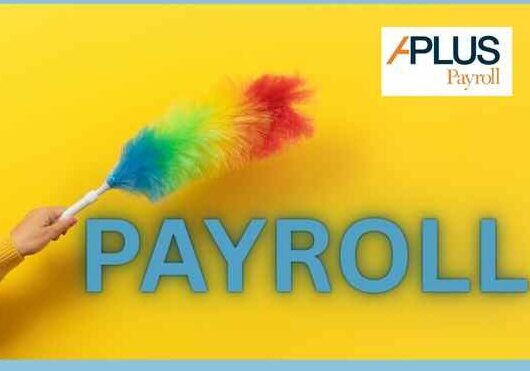HR Q&A – Hold an Employee’s Job While Out on Medical Leave?
by Paul Devlin
Managing an employee’s job while they are on medical leave requires a delicate balance between adhering to legal obligations and supporting the employee’s health and well-being. Here’s a comprehensive analysis of key considerations and best practices taken froma Q&A within our HR Resource Center by Mineral:
Legal Obligations
-
Family and Medical Leave Act (FMLA): In the U.S., FMLA entitles eligible employees to take up to 12 weeks of unpaid leave for serious health conditions while maintaining job protection. Employers must ensure compliance by maintaining the employee’s position or an equivalent role upon their return.
-
Americans with Disabilities Act (ADA): If an employee’s medical condition qualifies as a disability, employers may need to provide reasonable accommodations, which can include extended leave beyond FMLA protections.
-
State and Local Laws: These may offer additional protections beyond federal laws. Employers should be aware of and comply with all applicable regulations.
Best Practices for Compliance
-
Documentation: Maintain clear records of leave requests, approvals, and communications to ensure compliance with legal requirements.
-
Policy Development: Establish and communicate a clear medical leave policy, ensuring it aligns with legal standards and is accessible to employees.
Types of Medical Leave
-
Short-term Leave: Typically covers brief health issues. Employers should ensure coverage of responsibilities and plan for the employee’s temporary absence without hiring a replacement.
-
Long-term Leave: May require more extensive planning and potential temporary hiring or internal reallocation of duties. Employers should outline clear return-to-work procedures.
Balancing Business Needs and Employee Support
-
Empathy and Flexibility: Show understanding and flexibility to support employees, which can enhance morale and loyalty.
-
Resource Management: Plan for workload distribution among existing staff or temporary hires to manage business continuity.
Communication and Planning Strategies
-
Regular Updates: Keep open lines of communication with the employee on leave to discuss any potential changes in their status or return plans.
-
Transition Planning: Develop a clear plan for the employee’s return to work, including any necessary accommodations or reintegration steps.
-
Training and Support: Provide training for managers on managing leaves empathetically and in compliance with legal obligations.
By maintaining legal compliance, showing empathy, and planning effectively, employers can support employees on medical leave while ensuring business operations continue smoothly.
This blog does not constitute formal HR or legal advice and does not address state or local law. Our HR Resource Center offers further advice on this and many other topics. For a small additional fee you can also speak to a live HR Specialist. Contact your friendly APlus Payroll CSS for further information (including login details) or login here. If you have a general payroll question for us please contact us here.



